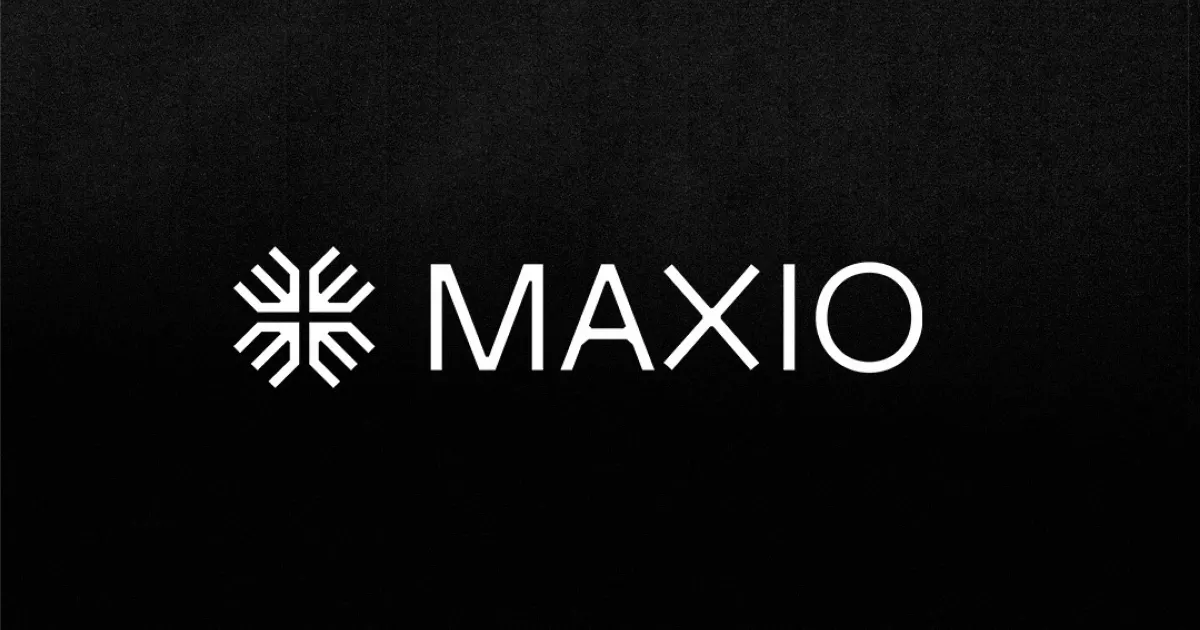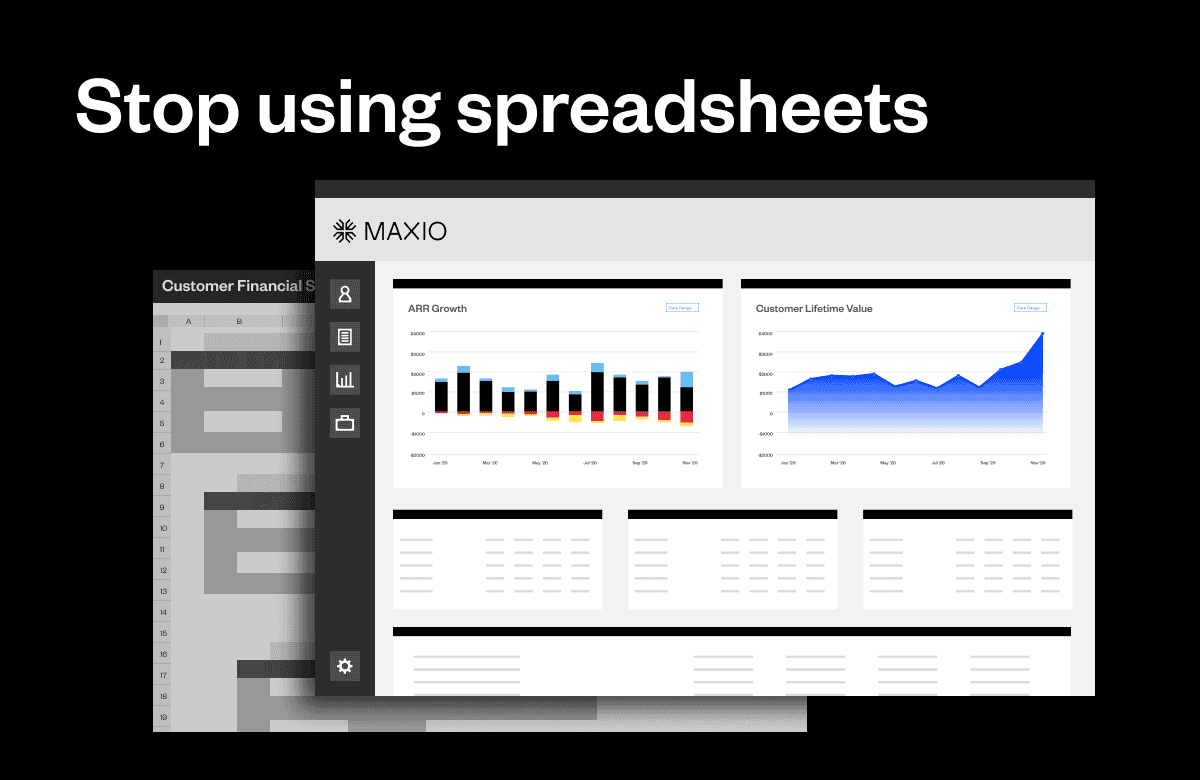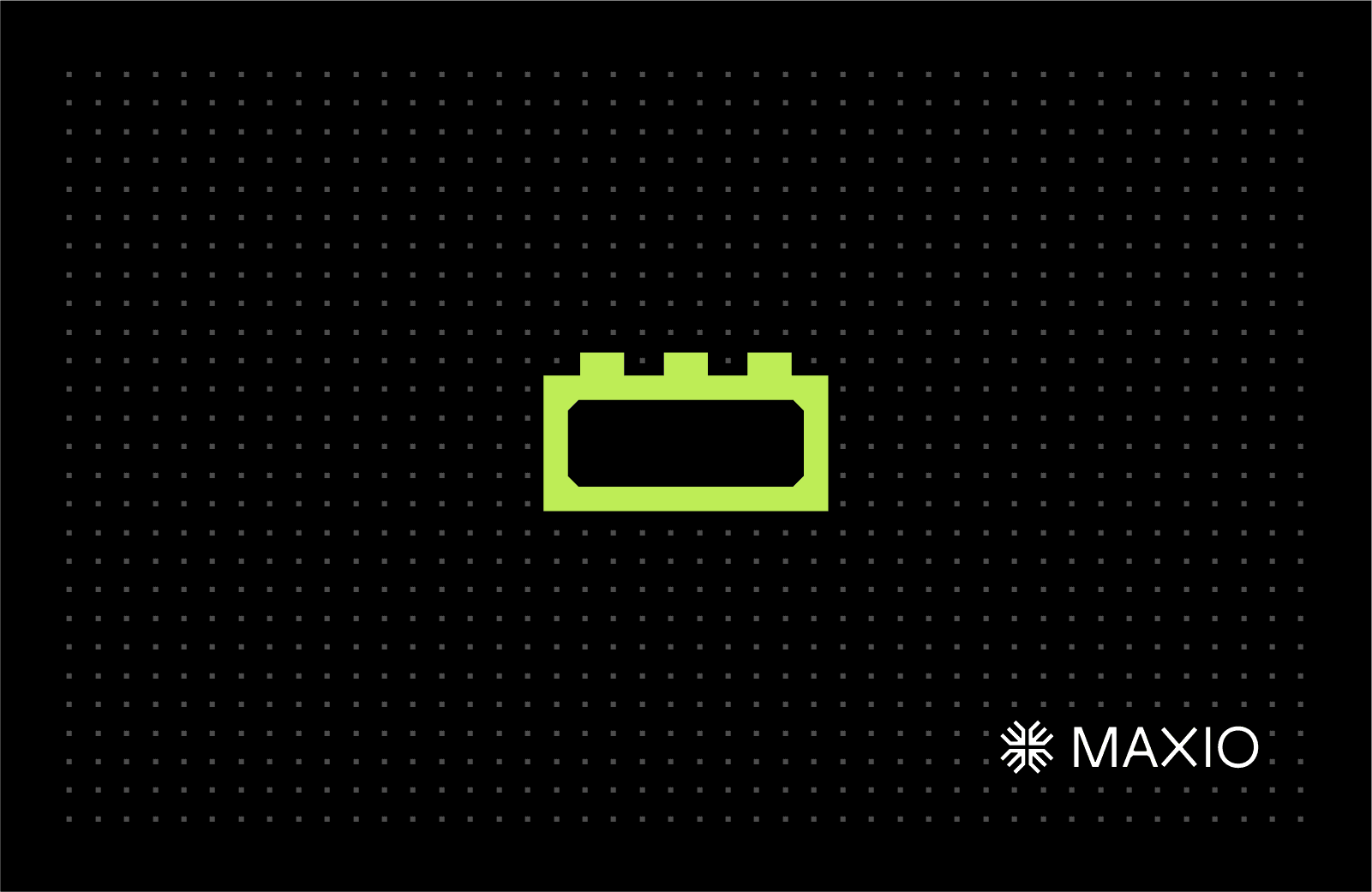When you’re a small SaaS business with very few customers, cash-based accounting makes sense. It allows you to keep things simple and gives you a more accurate overview of your cash position, which is pivotal for small businesses where every dollar counts. However, as you grow, a variety of factors contribute to your need to switch to accrual-based accounting.
The most pressing factor is investor pressure. In order to be GAAP compliant, you must run your business on an accrual basis. GAAP, or Generally Accepted Accounting Principles, is a set of rules set forth by the Financial Accounting Standards Board or FASB for short, for how businesses must recognize revenue.
The primary difference between cash and accrual accounting is when you record transactions. In cash accounting, transactions are only recorded when money changes hands. In accrual, however, transactions are recorded as they occur regardless of when cash changes hands.
In cash accounting, you record revenue only when you receive cash. In accrual accounting, revenue is recognized when the service has been performed. In the case of subscription businesses, this means you recognize revenue bit by bit over the duration of the subscription.
When it comes to making the switch from cash-based accounting to accrual, there are a few things to keep in mind:
1.) You need to fill out a 3115 form with the IRS to move to accrual accounting:
In addition to making the move to double-entry accounting, you’ll also need to let the IRS know that you’ve made a change in your accounting method ahead of tax season. This is a pretty standard procedure for any accounting method change, not just cash to accrual, but you’ll want to make sure that your tax accountant is aware that you’ve made changes to the way you keep the books.
2.) Familiarize yourself with the principles of ASC 606:
The ASC 606 standards are the new requirements for GAAP compliance as outlined by the FASB. All private companies had to become compliant by December 15, 2020.
ASC 606 contains five main requirements that must be met in order to achieve compliance which are as follows:
- Identify the contract.
- Identify the performance obligations.
- Determine the transaction price.
- Allocate the transaction price.
- Recognize revenue as performance obligations are satisfied.
Maintaining ASC 606 Compliance
While the ASC 606 adoption deadline has passed, there’s still a lot of confusion around the new standards. A big part of the ASC 606 principles concerns changes to revenue recognition practices. It’s one thing to adopt the new standards, but maintaining compliance moving forward is the real challenge.
If you have complex revenue recognition scenarios in your business (revenue re-allocations, carve-outs, etc) then it may become more challenging still to maintain ASC 606 compliance. For these circumstances, SaaSOptics offers an advanced workflow called RevenueBooks to help you navigate complex revenue recognition scenarios.
RevenueBooks allows users to re-allocate revenue across their contract population using flexible, fixed, and dynamic formulas.
3.) Consider hiring outside accounting help:
If you’ve been running your business on a cash basis, it’s possible that you’ve either been keeping the books yourself, or you’ve been using a general-purpose bookkeeper not familiar with the intricacies of a SaaS business. If that’s the case, your switch to accrual might be a good opportunity to bring on outside help. Whether this is a fractional CFO or a full-time, in-house resource, you’ll want to make sure this person has experience managing accounting in a SaaS business.
4.) Enlist the help of a financial operations platform to aid in accrual accounting:
One of the most difficult aspects of moving from cash to accrual is figuring out rev rec. With a subscription management platform, like SaaSOptics, you can automate revenue recognition and invoicing schedules in one place without the hassle of complex spreadsheets. What’s more, you can connect SaaSOptics to your General Ledger and automate much of your revenue management process. Once your SaaSOptics implementation is complete, you will not only have made the leap from cash to accrual, you’ll have a system of record in place to keep your accrual books buttoned-up going forward.
5.)Put a solid rev rec policy in place:
Another key aspect of moving to accrual is having a revenue recognition policy in place. Your revenue recognition policy is where you establish the rules that govern the consistent application of the ASC 606 framework at your company. Having one in place removes ambiguity from your process, mitigates the risk of inconsistencies in your rev rec process, and allows for a smoother audit experience.
If you’re looking for a revenue recognition policy to aid in your transition from cash to accrual accounting, download Maxio’s free revenue recognition policy today.



